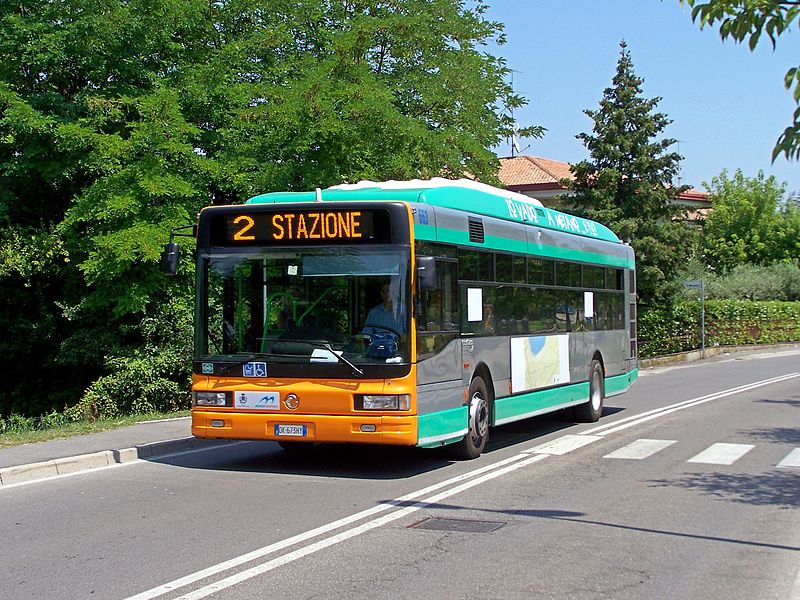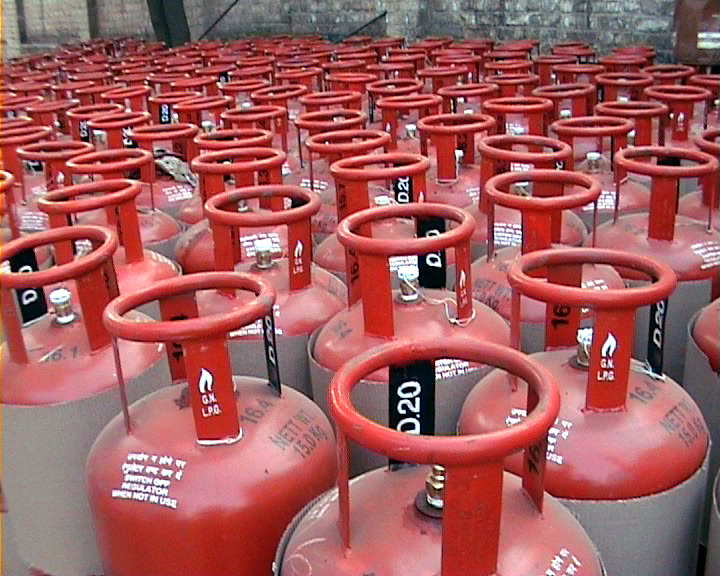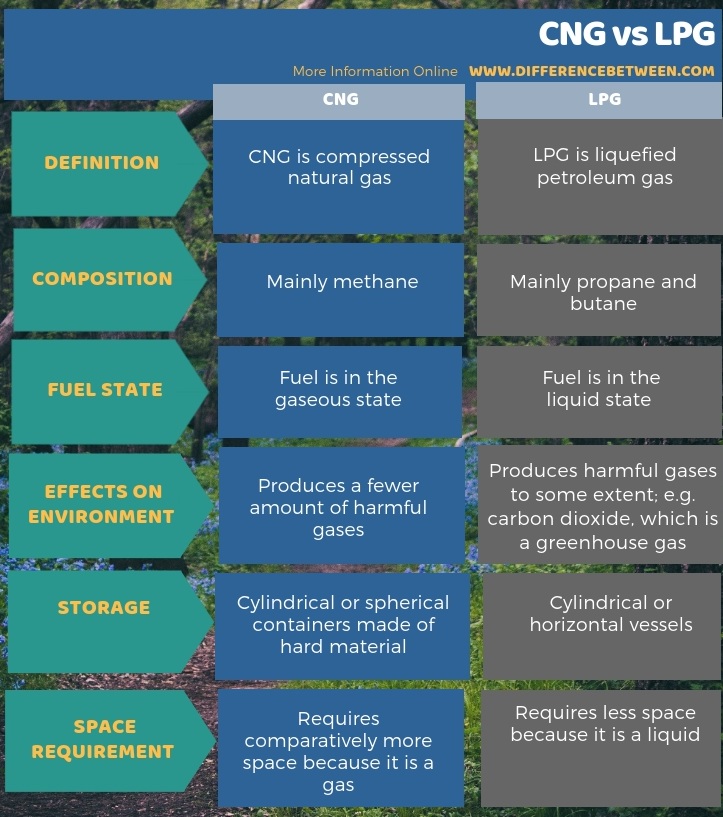Difference Between CNG and LPG
The key difference between CNG and LPG is that CNG mainly contains methane, whereas LPG mainly contains propane and butane.
The term CNG refers to compressed natural gas, while the term LPG refers to liquefied petroleum gas. Although LPG is a liquefied form, CNG remains in the gaseous form. Moreover, CNG and LPG are useful as fuels. Both these fuels have advantages and drawbacks as well.
CONTENTS
1. Overview and Key Difference
2. What is CNG
3. What is LPG
4. Side by Side Comparison – CNG vs LPG in Tabular Form
5. Summary
What is CNG?
CNG is a compressed natural gas. It is basically natural gas that occurs under a very high pressure at which the natural gas still exists in the gaseous state. Since natural gas mainly contains methane as the major component, CNG also contains methane. We can use this fuel instead of gasoline, diesel, and LPG. However, this fuel produces fewer harmful gases during combustion when compared with gasoline, diesel, and LPG.

Usually, this fuel is stored in cylindrical or spherical containers at 20–25 MPa pressure. Since the pressure is high, the containers we use for this purpose should be made from a hard material
Advantages of CNG
- Low maintenance cost for vehicles using CNG
- Fuel loss via spill or evaporation is minimum
- Mixes easily and evenly with air
- Safe to use due to fewer production of harmful gases/ less pollution
- High efficiency
However, there are some drawbacks, as well. For instance, the vehicles using CNG requires a large space for fuel storage because it exists in a gaseous state rather than in the liquid state. Moreover, the amount of CNG vehicles consume is comparatively high.
What is LPG?
LPG is liquefied petroleum gas. It is in a liquid state and is useful as a fuel. Its major components are propane and butane obtained from petroleum oil. The flammable mixture of these gases is highly useful in cooking equipment; for example, gas cookers. It is also used in vehicles. Moreover, it is widely used as an aerosol propellant and as a refrigerant.

In addition to propane and butane, propylene and butylene can also be present in this fuel in small concentrations. Furthermore, this fuel is produced during the refining of petroleum oil. Therefore, the source of LPG is naturally occurring fossil fuel.
Advantages of LPG
The major advantages of using LPG includes the following:
- A clean-burning fuel that does not make smoke in gas cookers
- Produces a less amount of carbon dioxide than coal
- Resource efficient
- Provides transportable energy
However, there can be some drawbacks as well; production of carbon dioxide (even a little amount) can contribute to the greenhouse effect. The fuel should be stored in either cylindrical or horizontal vessels under high pressure. Moreover, these vessels have pressure relief valves, which may cause accidental fire hazards.
What is the Difference Between CNG and LPG?
CNG is compressed natural gas while LPG is liquefied petroleum gas. The key difference between CNG and LPG is that CNG mainly contains methane, whereas LPG mainly contains propane and butane. Furthermore, another significant difference between CNG and LPG is that CNG is a fuel that occurs in the gaseous state while LPG is a fuel that exists in the liquid state.
Moreover, a further difference between CNG and LPG is that CNG requires more space since it is a gaseous fuel. But, LPG requires comparatively less space as it is in a liquid state. However, CNG produces a fewer amount of harmful gases, while LPG produces harmful gases to some extent. So, this is also a difference between CNG and LPG.

Summary – CNG vs LPG
CNG is a natural gas in compressed form, but LPG is a liquefied petroleum gas. Both of these are fuels. But, the key difference between CNG and LPG is that CNG mainly contains methane, whereas LPG mainly contains propane and butane.
Reference:
1. “Compressed Natural Gas.” Compressed Natural Gas – Energy Education, Available here.
2. “What Is LPG?” WLPGA, Available here.
Image Courtesy:
1. “Brescia Trasporti Irisbus CityClass 663 Desenzano 20120618” By Moliva – Own work (CC BY-SA 3.0) via Commons Wikimedia
2. “Liquefied petroleum gas cylinders” By Krish Dulal – Own work (CC BY-SA 3.0) via Commons Wikimedia
ncG1vNJzZmivp6x7pbXFn5yrnZ6YsqOx07CcnqZemLyue8OinZ%2Bdopq7pLGMm5ytr5Wau26vzaBkmqaUYrmxs44%3D